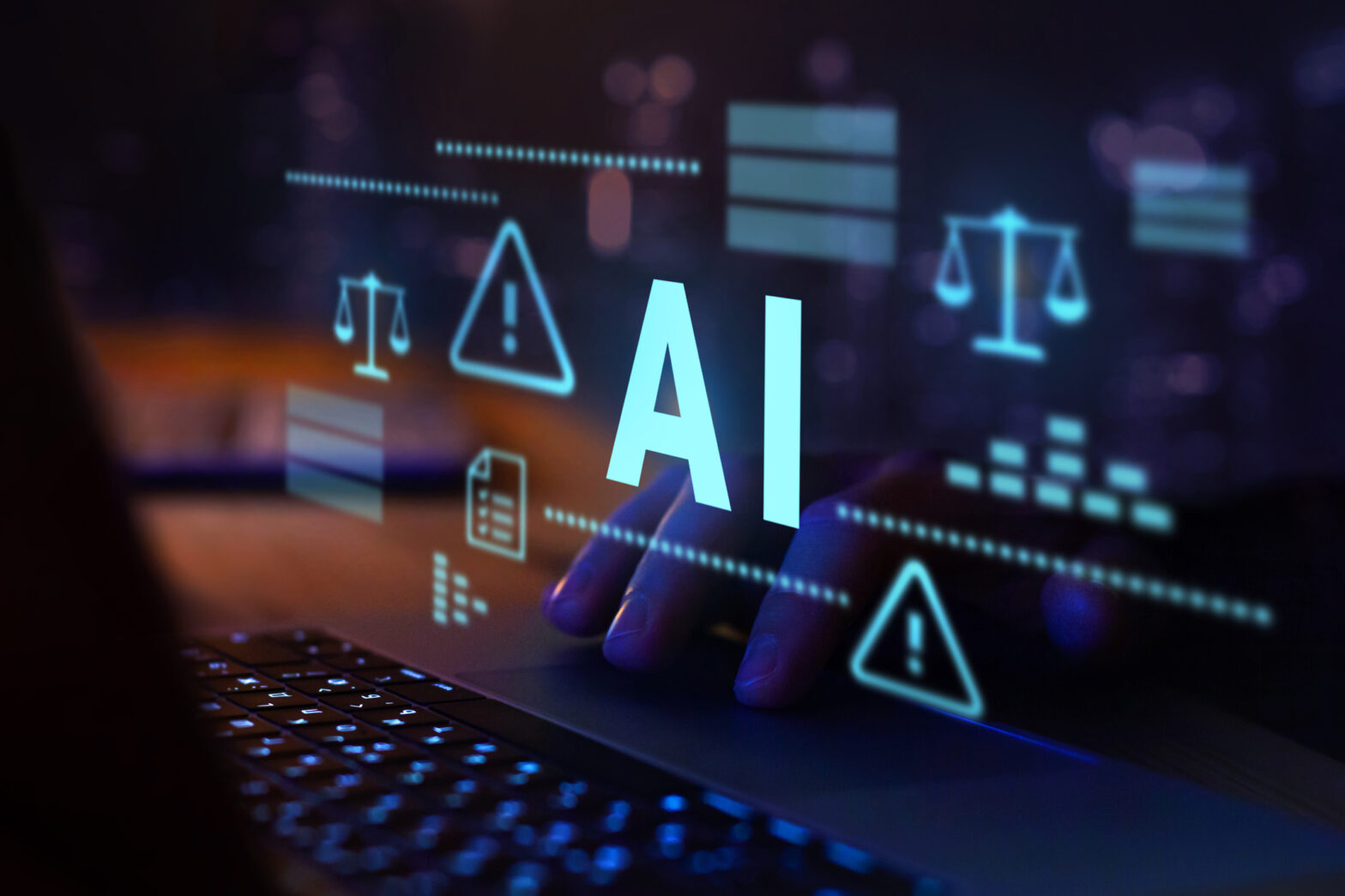Investment guru Warren Buffet once said, “Only when the tide goes out do you discover who’s been swimming naked.” It’s a concept that can easily be spun to apply to information technology these days. Business leaders tend to take IT service management and asset management for granted. But when the crisis inevitably does occur – think lockdowns and remote work, electrical grid outages and ransomware attacks – companies will quickly know whether their IT departments were ready or not.
It’s clear that many executives over the past year realised that, when it came to IT management, they were swimming naked. Now they’re determined to change that. In one recent survey, a remarkable 73% of IT managers said they plan to deploy a digital operations management platform in their organisations in 2021.
An overwhelmed IT department might allow a tech crisis to unspool until it jeopardises the business’s core mission and thus becomes a core concern. IT departments utilising the most innovative solutions, on the other hand, will make changes to suit the moment and restore IT services so that the business can return to operating as usual, albeit a little wiser.
If the coronavirus spotlighted the importance of a remote-ready digital operation, the latest cyber attacks on hundreds of businesses around the world showed how vulnerable these global networks can be if not properly secured.
By identifying the most innovative solutions in ITSM and ITAM, we can eliminate the IT crises that bog down businesses every day at an average cost that researchers pegged at almost $9,000 per minute.
Fortunately, today it’s clear how we define an innovative information technology management system. These four key lessons will help guide any company looking to leverage enterprise AI, automation and machine learning to overhaul its IT management.
Why AI code optimisation will be a game-changer
1. ITSM and ITAM should be unified as a platform that works throughout an enterprise
As part of the digital transformation occurring across industries, business and IT leaders are working to unify more people, processes and data related to internal technology. This means deploying a unified platform that combines the functions of ITSM (operating, securing and controlling information technology services) and ITAM (making sure assets are maintained, upgraded and replaced).
This platform should not be isolated within the IT department. It must be accessible and intuitive for people in all departments. With IT taking on greater importance throughout the organisation, related knowledge and accountability should also be spread around.
2. This web-based system must be accessible through different devices and interfaces via servers on-premises and/or cloud computing
One of the greatest challenges for CIOs and IT leaders these days is managing tech assets that are spread across the globe geographically and across the internet on multi-cloud environments.
On one hand, there’s pressure to increase access for those people who need to be on your network via their computers, smartphones and other devices. On the other hand, each internet-connected device is another asset to be monitored and updated, a potential new entry point for bad actors, etc.
That’s where the scalability of automation and machine learning is essential. As your organisation grows and becomes more spread out, there’s no need to expand your IT department. A unified IT management system, powered by AI, will keep communication lines open while continually alerting you to threats, triggering appropriate responses to input and making updates across the organisation. It is never distracted or overworked.
The emerging importance of cloud geo-distribution for developers
3. To understand and adapt to a specific enterprise’s IT ecosystem, the most innovative information technology management system must be intelligent and customisable
The term “off-the-shelf” can mean many things in the context of AI solutions. Sometimes, it can mean “plug-and-play” solutions that are narrowly designed to serve one function and do it well. But most executives have more transformative goals for AI.
When it comes to these enterprise AI solutions, integration can be more challenging. And in some cases, businesses end up spending as much on customising the solution as they did on the initial investment.
The most innovative solutions today have this configurability built into the software. Executives looking to overhaul their IT management should insist on solutions with a track record of success and no-code customisation that does not require an in-house team of coders.
4. When configured for an individual user, an IT management interface must be smooth and intuitive
No matter how powerful the technology, it’s useless if nobody in an organisation integrates it into their workflows because it’s difficult to use.
Gartner has defined the “hype cycles” of new technology to explain how it moves from inception to broad use. AI has already moved through the stage of Inflated Expectations and the Trough of Disillusionment to arrive at the Plateau of Productivity, when “the technology’s broad market applicability and relevance are clearly paying off”.
But that’s not the case for everyone. McKinsey has conducted research into what sets the high performers apart from the laggards — those companies still struggling to reach their desired ROI on AI investments. The research shows that one of the keys to success is focusing on end-user adoption. When workers see value in using AI, they begin a virtuous cycle of use, data creation and insight that ultimately generates the value and efficiency that AI has promised for decades.
To sum up, business leaders need a unified ITSM and ITAM platform that is accessible across various locations and devices, adaptable to your specific enterprise’s IT ecosystem and intuitive enough for anyone at your organisation to use.
Today, AI is the only technology that satisfies those demands. Coupled with machine reasoning, analytics and automation, AI simplifies operations, reduces costs and offers on-demand scalability that can resolve routine minor incidents, and free up IT departments to solve crises that might be crippling their systems at a cost of $150 per second.











